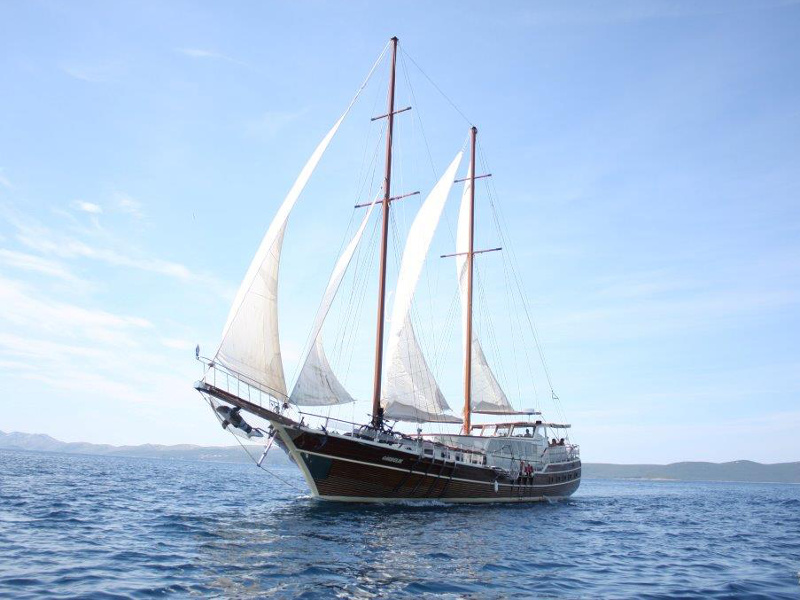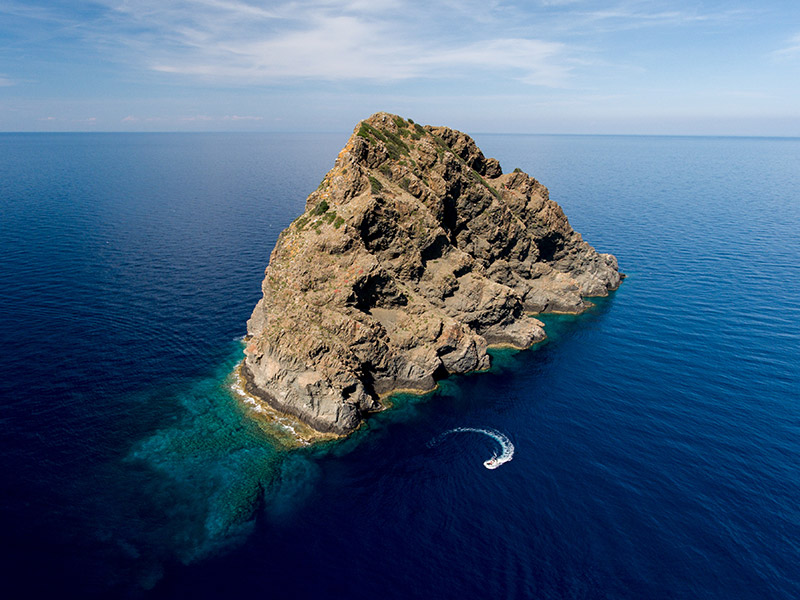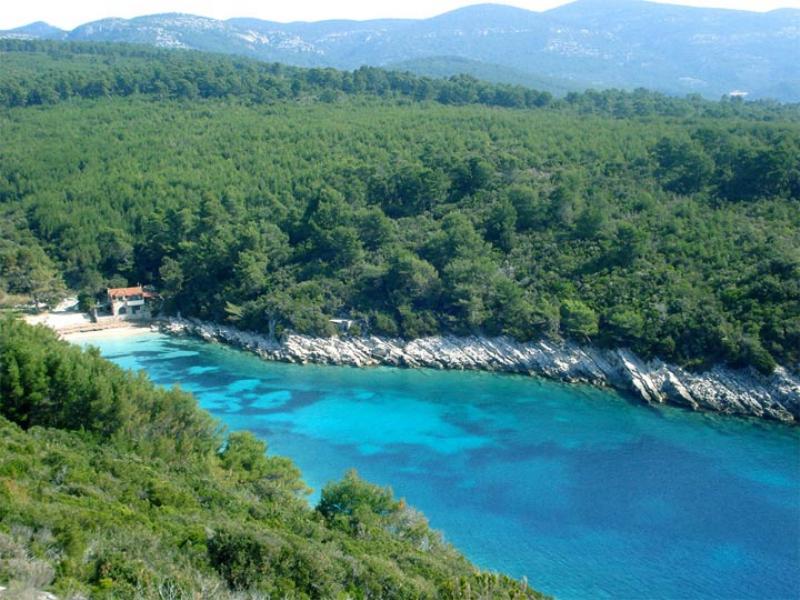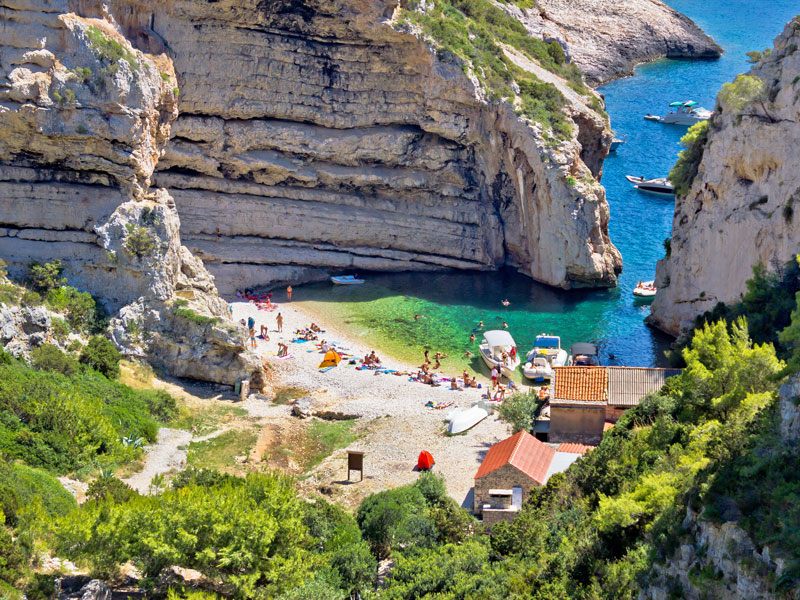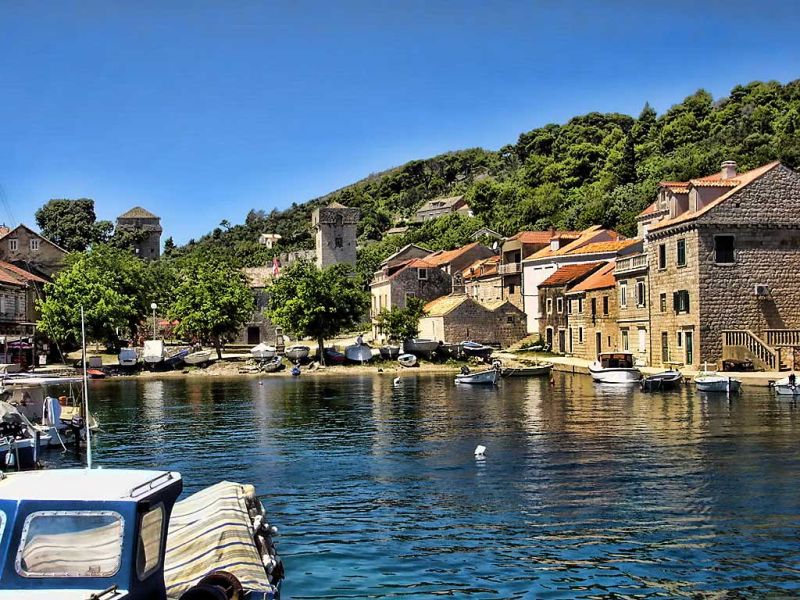Cruising Dalmatia
If you are you perhaps a group of friends, teambuilding, you want to be alone without stress, to explore Adriatic coast, it is for you.
Friends, gay friendly, teambuilding, LGBT, it is for you. Relax, local food, fun, you can take your bike and let’s go.
Did you visit Croatia, our islands? However, if you are looking for the ultimate in relaxing vacations, a cruise is the way to go. Cozy and Quiet Places to Escape, find a quiet spot on deck for some peaceful lounging in the sun.
It’s easy to make yourself unplug on a cruise, just shut your phone off when you board, and forget about what’s going on at work and at home.
Unplugging might just be the most freeing and relaxing thing you can do on your cruise. A brisk morning walk around the deck of the ship can help you release stress and clear your mind.
Please, there is no TV, without newspaper, just relax, rest for body and soul.
Cruising from Split to Dubrovnik, or cruising around islands.
Brač, Hvar, Pakleni islands, Šolta, Mljet, Elaphiti islands….It is Dalmatia.
We can make a route together.
This type of a holiday is quite an adventure. I would definitely recommend it to everyone wanting to experience real sailing. The chef prepares meals for you. This gives you a chance to taste local food and enjoy sun and sea while you are on the ship. Nice, isn’t it?
That vessel changed its look and become luxury sailboat of the first class. Beautiful Gardelin, like a bird.
For all people who love sea, enjoy the sun, love chilling on the deck and having a crew who will prepare everything for you, a gulet is the perfect choice.
Gardelin is 28m long and 6,9m wide. It has got 6 cabins and each of them has got WC and shower. The whole ship is air conditioned (saloon, rooms). The crew is consisted of captain, chef and sailor (mechanic). The ship owner has a very long experience doing this kind of work on various yachts in Monte Carlo.
Except the inner saloon, there is also the outer saloon placed on the stern.
TV, DVD, CD are also available and are also able to offer (banana-boat skiing, surfing, 2 canoes and tender Maestral 4,60 m long). Route of our cruising are from Zadar to Dubrovnik.
Accommodation:
– 6 cabins ( 4 double, 2 triple)
– Accommodation for 12 people maximum, 16 if the group has a children until 7 years old)
– Air-conditioning
– Comfortable salon
CREW:
– 3 crew members: captain, chef , engineer, deckhand + hostess (on request)
Included in the price:
7 nights of accommodation
permits, insurance
all equipment on board
tender with outboard engine
linens and towels, bed sheets
snacks: 5 o’clock tea and snacks, welcome drink on embarkation day
Food options (obligatory):
Breakfast, lunch 350€ per person/week
Advanced half board (breakfast, lunch, 3 x dinner): 450€/person/week
Beverage options:
100€ per person on week, domestic non alcoholic drinks, water, carbonated drinks, juices)
All inclusive domestic drink package: 200€/person/week (domestic non alcoholic and alcoholic drinks water, carbonated drinks, juices, bottled wine, beer, local spirits, coffee, tea, clients can bring their drinks free of charge if they choose this package;
Corkage fee 700€/group/week (if clients just wish to bring their own drinks on board)
Excluded:
transfer to the yacht, hotel or airport
gratuities tips for the crew
drinks on board
port tax 800€ per week
All conditions 5 hours a day is for free, extra 25€ per hour.
Discover Dalmatian coast, and gulet. We are waiting for you on the Adriatic coast. It’s easy to make yourself unplug on a cruise, just shut your phone off when you board, and forget about what’s going on at work and at home. Let’s go Croatia, let dreams come true.
Available departures
Split

Die historische Stadt Split ist mit ihren ungefähr 250.000 Einwohnern nach der Hauptstadt Zagreb die zweitgrößte Stadt von Kroatien. Im Herzen von Dalmatien, umgeben von den Gebirgen Mosor, Kozjak und dem Gebirgszug Perun erwartet Sie ein wahres Freilichtmuseum in der, auf einer Halbinsel liegenden 1.700 Jahre alten Stadt Split.
- Der Palast des Diokletian, der 1979 zum UNESCO Weltkulturerbe erklärt wurde und die pulsierende Uferpromenade Riva sind das lebhafte Zentrum der Stadt. Kulturinterssierte Besucher der Stadt erwartet eine Zeitreise in die Antike. Prunkvolle mächtige Säulen, Plätze und Gebäude erinnern an die römische Epoche von Split.
Cafes und ein Strandclub sorgen für Unterhaltung während Ihrer Strandtage am glasklaren Meer von Split. Wer es ein wenig ruhiger bevorzug, dem empfehlen wir die Strände entlang der Halbinsel Marjan oder den Strand Slatine auf der Insel Ciovo.
Entlang der Riva und im Zentrum von Split erwarten Sie am Abend die Spezialitäten der dalmatinischen Küche. Fangfrischen Fisch, Tintenfischrisotto, Hummer und andere Köstlichkeiten finden Sie auf den Speisekarten der Konobas, Restaurants und Tavernen.
Nach solchen Delikatessen empfiehlt sich ein Spaziergang entlang der Riva, an der in den Abendstunden ein buntes und reges Treiben herrscht. Unterhaltung findet man fast überall im Zentrum von Split, gesellige Runden in den Cafes an der Riva. Wer mag kann das aufregende Nachtleben der Stadt Split erkunden und in den In-Locations der Stadt, wie z.B. dem Hemmingway unvergessliche Nächte erleben.
Split bietet für kulturinteressierte Besucher kulturelle, historische und sakrale Sehenswürdigkeiten in Hülle und Fülle.
Der Diokletianpalast – UNESCO Weltkulturerbe
Der einzigartige Palast, der als Altersresidenz des Kaisers Diokletian ( 295 n.Chr. ) diente ist eine Verbindung aus der römischen Stadt- und Palastarchitektur.
Sakrale Bauwerke
Neben der Kathedrale Sv. Duje im Innenbereich des Diokletianpalastes (Infos dazu “Sehenswürdigkeiten aus der Römer Zeit”) gibt es in Split zahlreiche Kirchen und Kapellen die Sie besichtigen können. Neben den kleinen Kirchen und Kapellen auf der Halbinsel Marjan sind auch die Klöster Sv. Frane und Hl. Antonius sowie die Kirchen Hl Martin (am Goldenen Tor) und Hl Teodor (am Eisentor) sehenswert.
Gregor von Nin – Grgur Ninski
Die Statue des Bildhauers Ivan Mestrovic von Grgur Ninski finden Sie in der grünen Parkanlage vor dem “Goldenen Tor”. Die Zehen der Statue sind fast “blitzblank” poliert, da viele Besucher glauben, dass das Glück bringt.
Riva – Die Uferpromenade
Die Uferpromenade “Riva” von Split, die zur Zeit der franz. Besatzung vor etwa 200 Jahren angelegt wurde, beginnt direkt unterhalb der Mauern des Diokletianpalastes und führt westlich fast bis hin zu den Hängen des Hausberges von Split, dem Marjan. Die Riva läd zu romantischen Spaziergängen entlang der mit Palmen und Cafes gesäumten Uferpromenade ein. Unterhalten wird man dabei oft von Straßenkünstlern, Tänzern und Sängern.
Read moreZadar
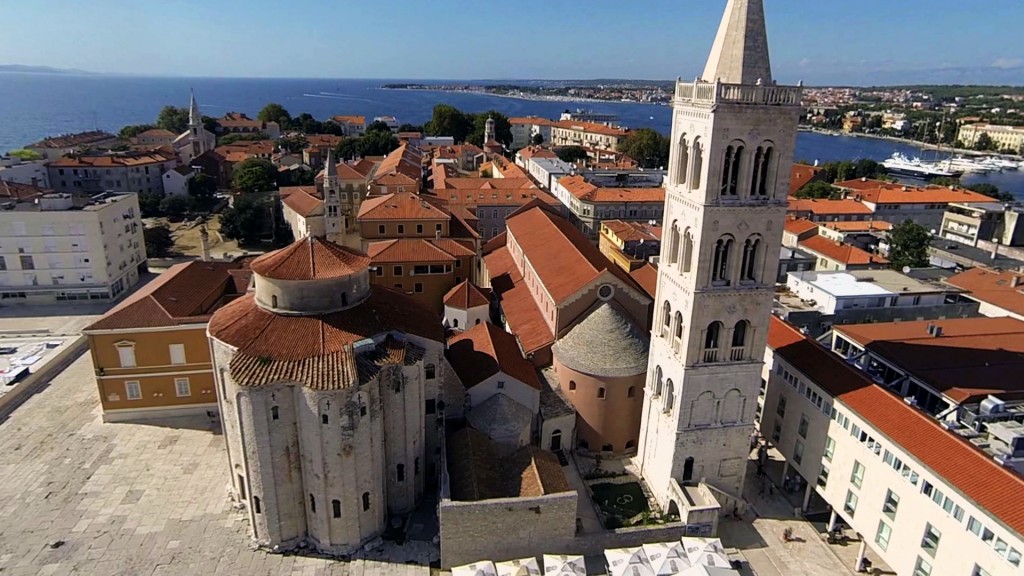
- Zadar ist eine Stadt die sich an der Adriaküste befindet. Sie ist ein historisches Zentrum Dalmatiens. Die Stadtmauern wurden in der Zeit von Julius Cezar errichtet. Zadar war unter der Regierung der Rӧmer, Bizant, Venezianer und Franzosen.
Die Stadtpatronen sind Santa Anastasija, St. Grisogonus, St. Simeon und St. Zoilo. Die Hauptstraβe ist Kalelarga. Im Stadtzentrum befindet sich das rӧmische Forum und die Kirche in der Kreisform, die St. Donat-Kirche aus dem 9. Jahrhundert. Vor der Kirche streckt sich der einstige rӧmische Hauptplatz – Forum.
Die Hauptstraβe, die sich in die Richtung Osten – Westenstreckt, ist Kalelarga oder die breite Straβe. Zadar ist die Stadt reich an der Geschichte, zahlreichen Denkmӓlern und Kirchen. Im Stadtzentrum kӧnnen Sie die St. Anastasija-Kathedrale, die Kirche Heillige Mutter der Genesung, die St.Dominik-Kirche, die St.Simeon-Kirche,…sehen.
Alfred Hitchcock hat den Sonnenuntergang in Zadar „den schӧnsten in der Welt“ genannt. Da sind auch die Meeresorgel und wenn man auf der Steinkϋste sitzt, die in die Treppen umgewandelt ist, kann man dieKlӓnge der Meeresorgel genieβen. Hier erstreckt sich auch der Blick auf Gruss der Sonne, in dem das Lichtspiel im Rhytmus der Wellen und des Klanges verbunden ist.
Eines der Patronenzeichen der Stadt sind auch die „Barkajoli“, die seit 800 Jahren zwei Teile des alten Stadthafens verbinden.Um den Hauch der Vergangenheit zu fühlen, ist es genug einen Spaziergang im Park der Kӧnigin Jelena zu machen.
Zadar ist eine Stadt, die ihren Besuchern Unterkunft, Kulturerbe, Gastronomiebietet. Wenn die Besucher die Geschichte von Zadar kennenlernen, gehen sie in die vergangenen Zeiten zurück. Ein Spaziergang die Steinstraβen entlang wird ein Spaziergang durch die Geschichte sein, aber auch das Erlebnis des zeitgenӧssischen Lebens.
Zadar ist eine Stadt, in die Sie sicher zurückkommen werden und mit Sich werden Sie den originellen Zadarer Likӧr Maraschino mitnehmen.
In der Nӓhe sind der Nationalpark Kornaten, Paklenica, der Nationalpark Krka, die Plitvicer Seen.
Wer einmal nach Zadar und Kroatien kommt, kommt wieder zurϋck!
Read moreDubrovnik
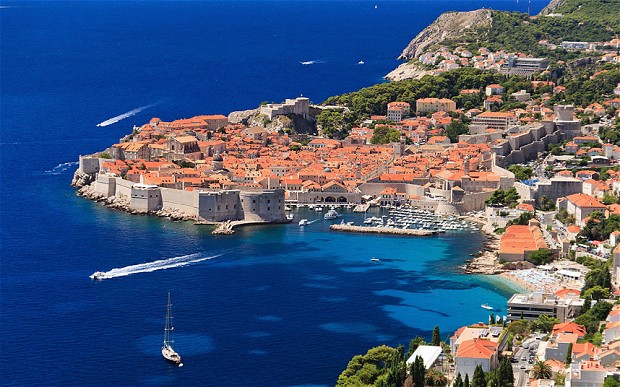
Dubrovnik is located on the thin coast strip between the high hills and the calmness of the Adriatic sea.
The ‘Pearl of the Adriatic’, on the Dalmatian coast, was an important Mediterranean sea power from the 13th century. Dubrovnik was founded in the first half of the 7th century by a group of refugees from Epidaurum, who established their settlement at the island and named it Laus. The Latin name Ragusa (Rausa), in use until the 15th century, originated from the rock (Lat. lausa = rock). Opposite that location, at the foot of Srđ Mountain, the Slavs developed their own settlement under the name of Dubrovnik, derived from the Croatian word dubrava, which means oak woods.
In 1979, the city of Dubrovnik joined the UNESCO list of World Heritage Sites.
Counting only about 35 000 people Dubrovnik is the cultural and social center of the region.
Vegetation in the region is typical, mostly Mediterranean, and it is a result of hundreds of years of human influence. As suited for a merchant harbour city, Dubrovnik mariners traveled far and wide bringing home many tropical and sub-tropical cultures, creating an interesting mixture of plant life.
The name of the most famous street of Dubrovnik is Placa (Stradun) street .
- Dubrovnik is a remarkably well-preserved example of a late-medieval walled city, with a regular street layout. Among the outstanding medieval, Renaissance and Baroque monuments within the magnificent fortifications and the monumental gates to the city are the Town Hall (now the Rector’s Palace), dating from the 11th century; the Franciscan Monastery with its imposing church; the extensive Dominican Monastery; the cathedral (rebuilt after the 1667 earthquake); the customs house (Sponza), the eclectic appearance of which reveals the fact that it is the work of several hands over many years; and a number of other Baroque churches, such as that of St Blaise (patron saint of the city).
The original World Heritage site consisted solely of the defences and the intra-mural city.
It includes the Pile medieval industrial suburb,the Lovrijenac Fortress, located on a cliff,the Lazarets,the Revelin Fortress.
The island of Lokrum lies to the south-east of Dubrovnik, some 500 m from the coast. In 1023 it became a Benedictine abbey.
Dubrovnik is Croatia’s most famous coastal city.
Read moreFacilities
- Frühstück
- TV
- Wi-Fi

